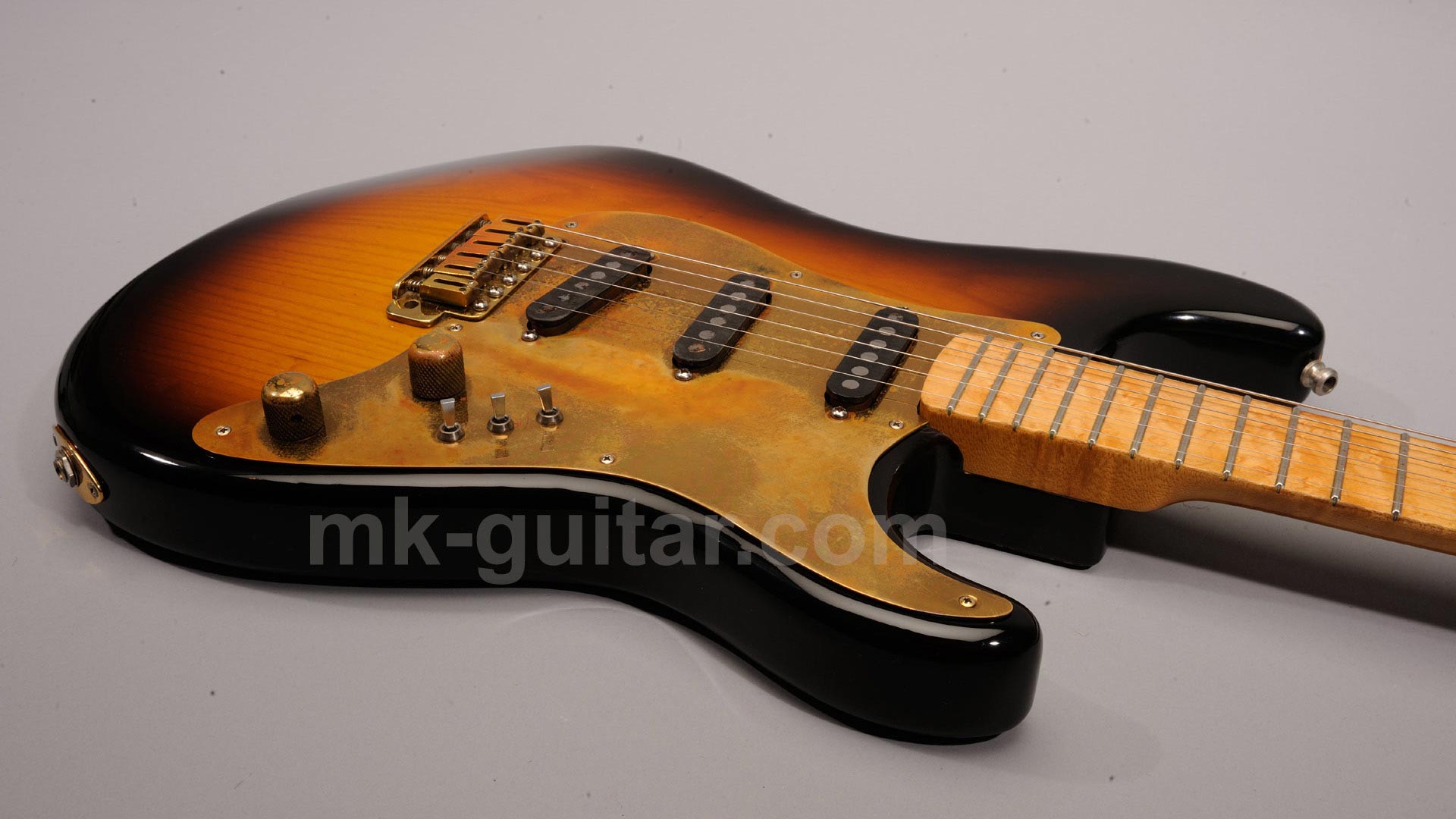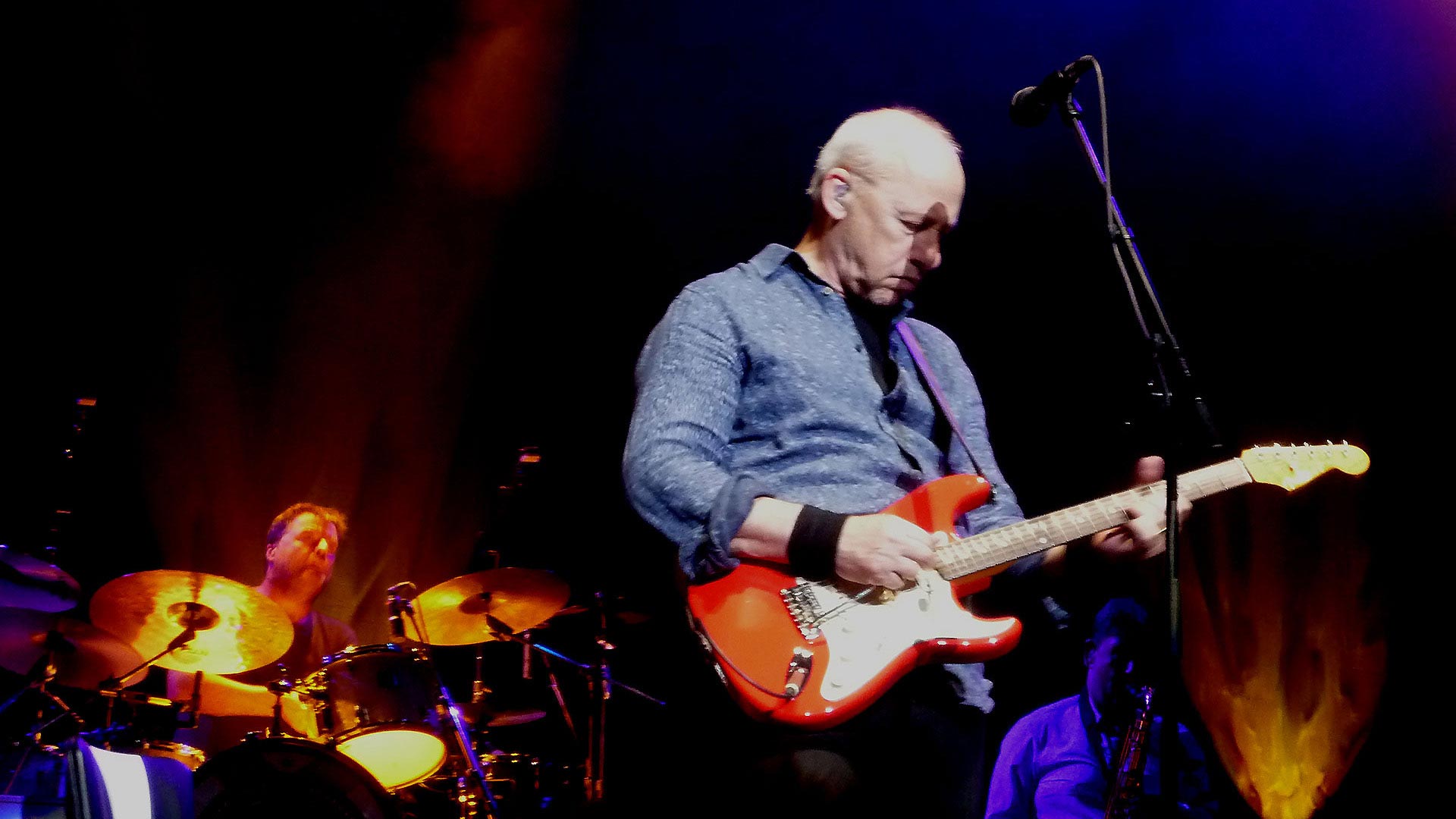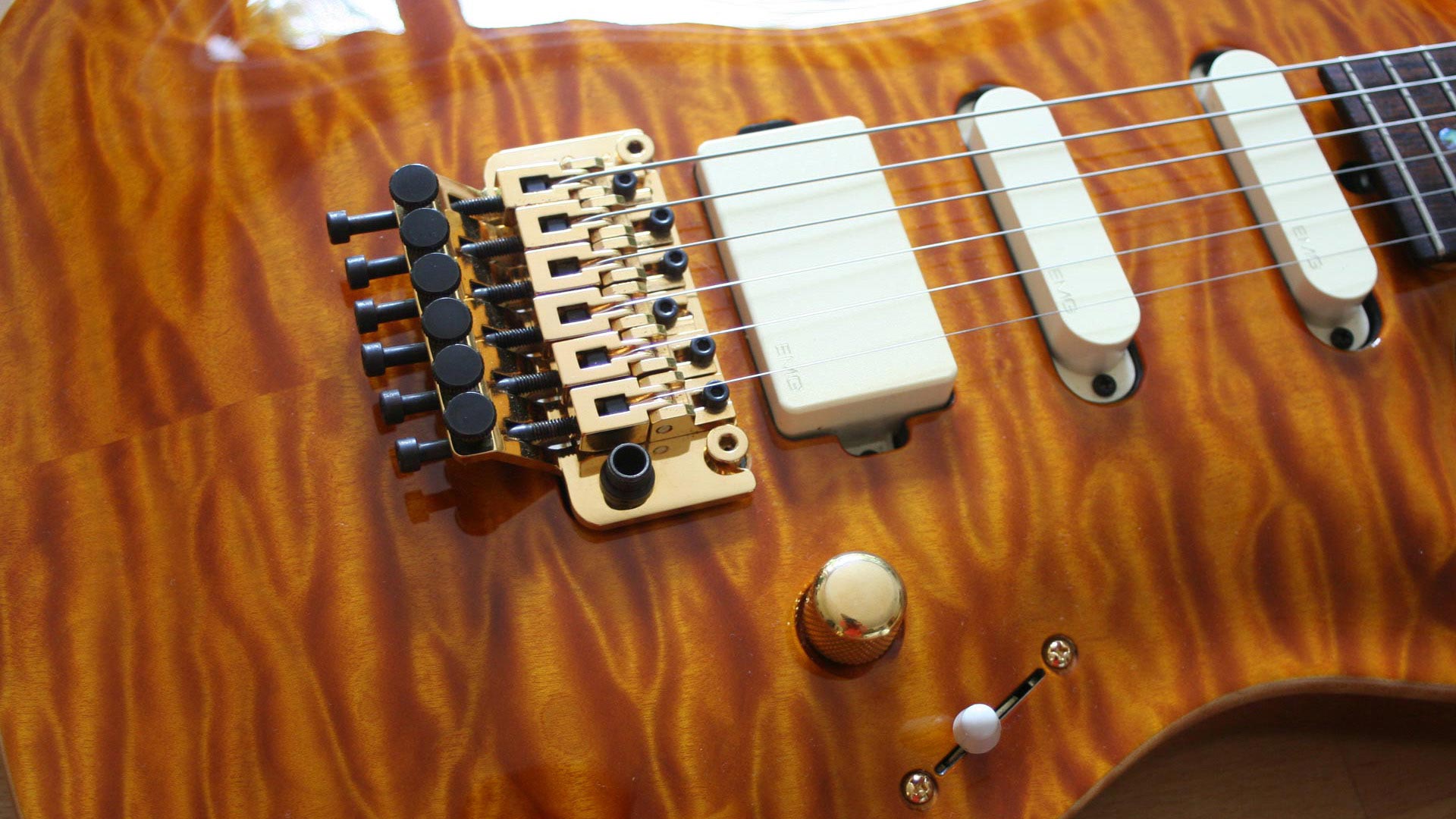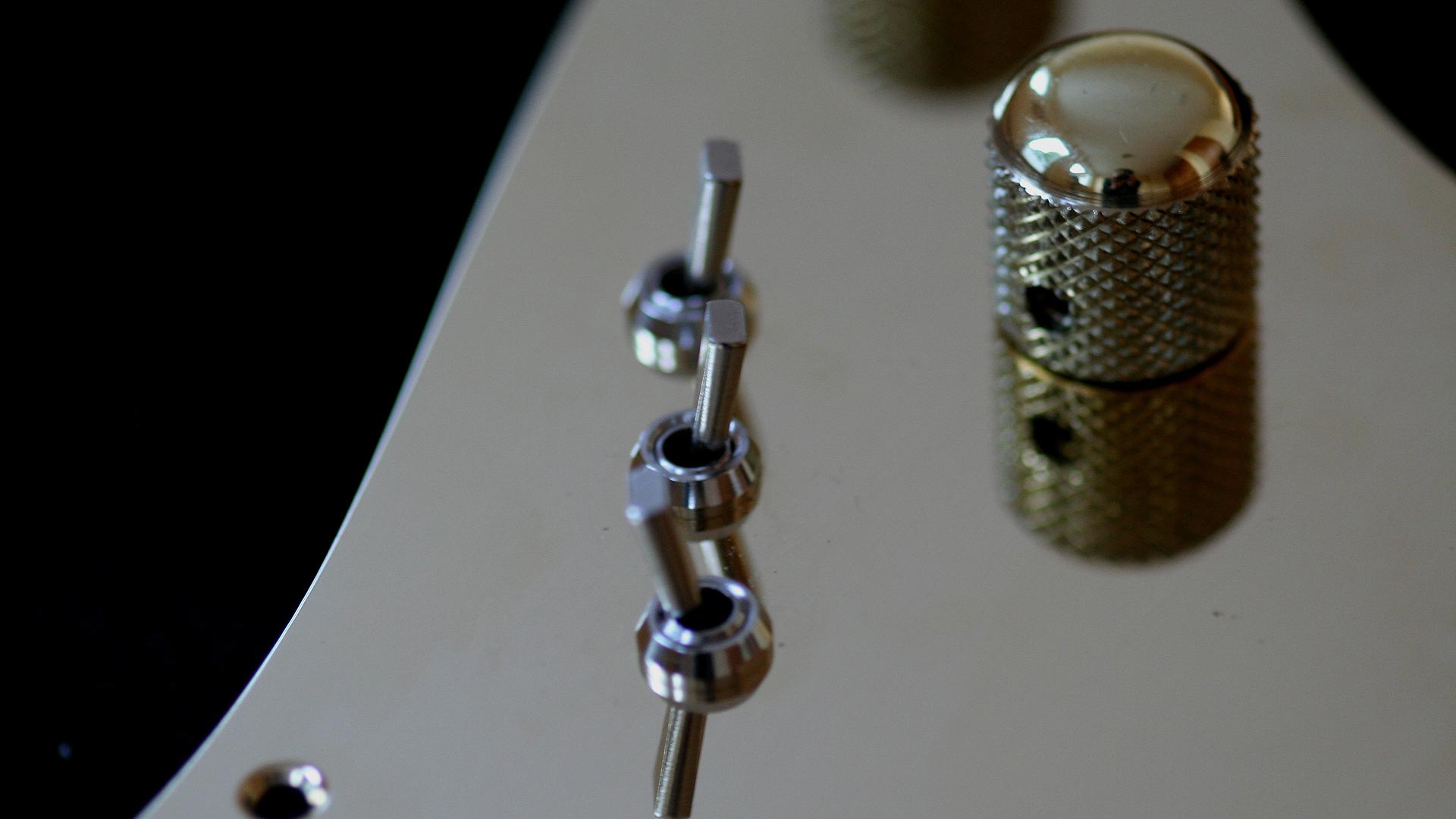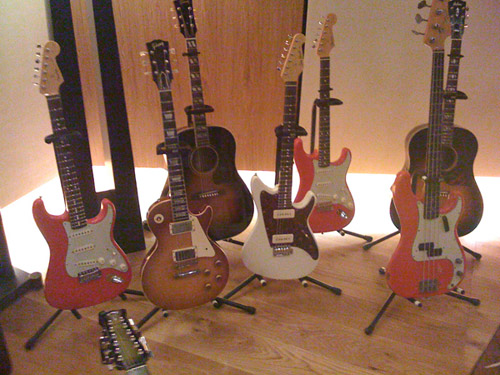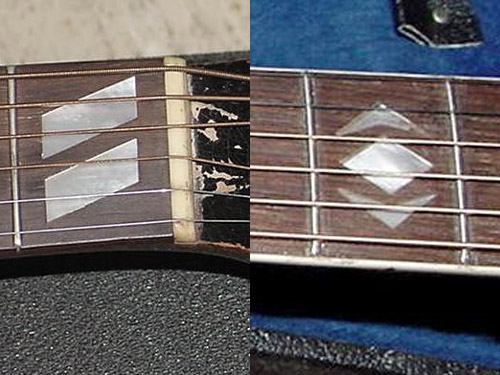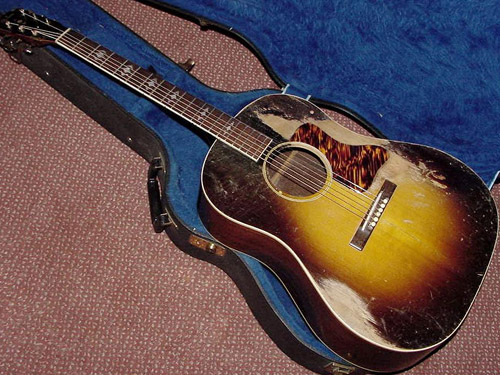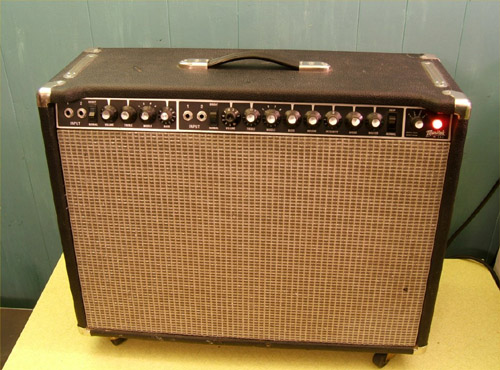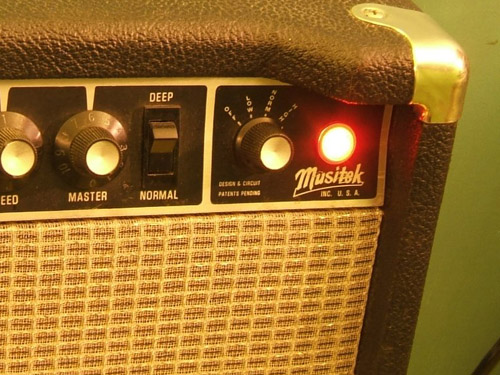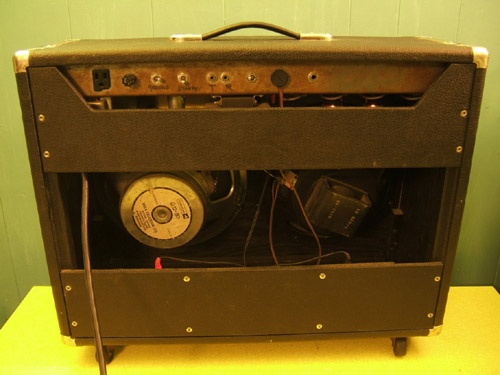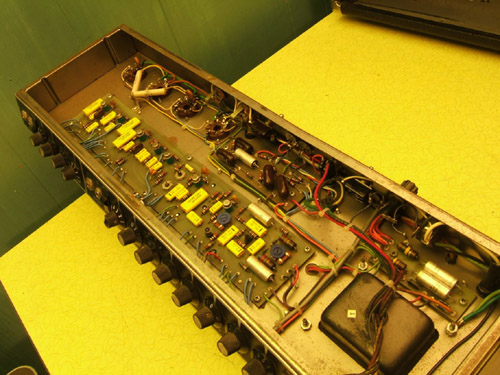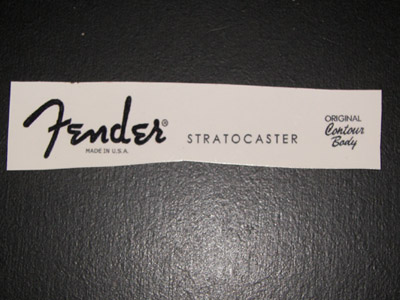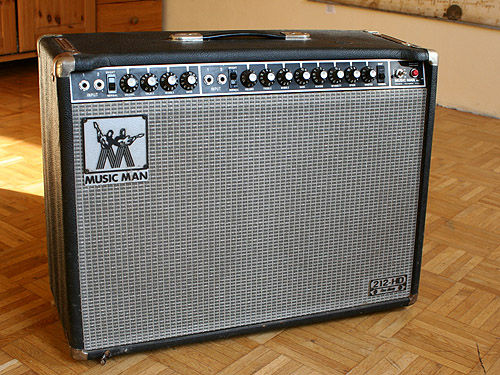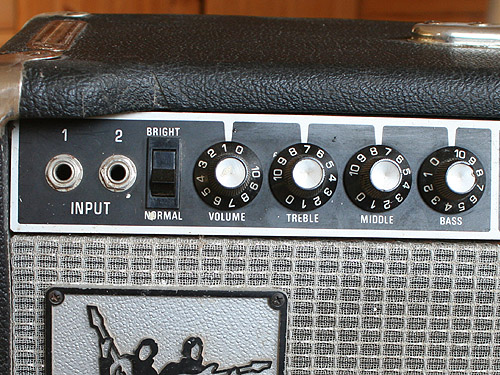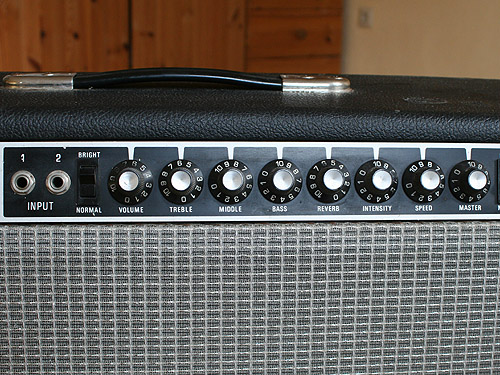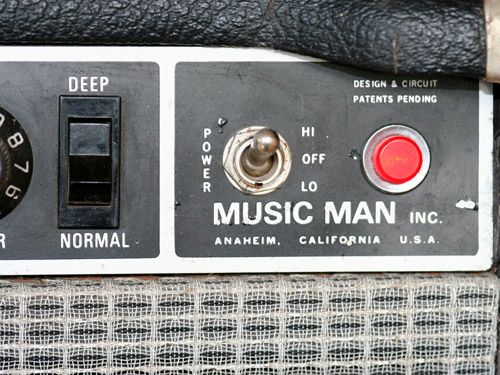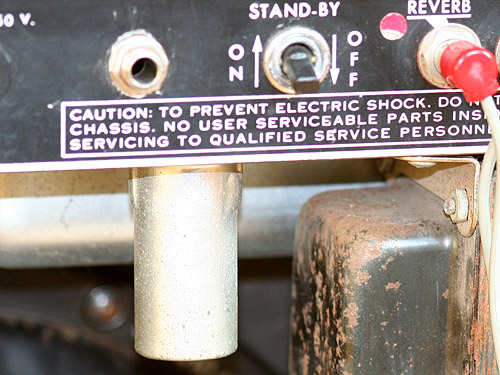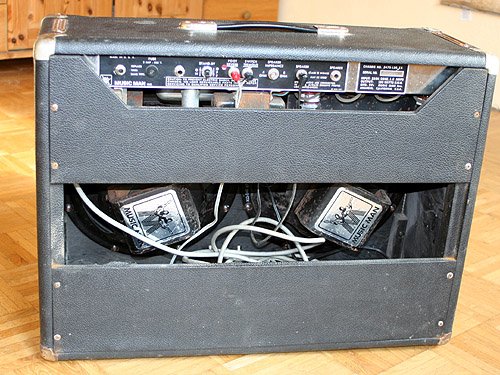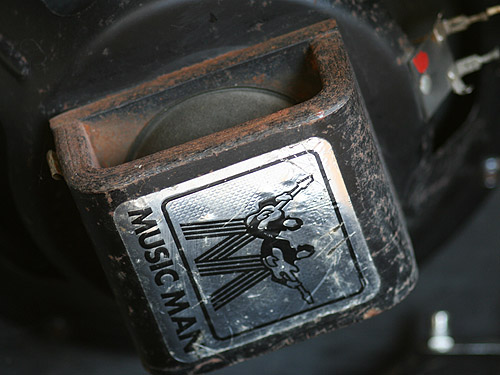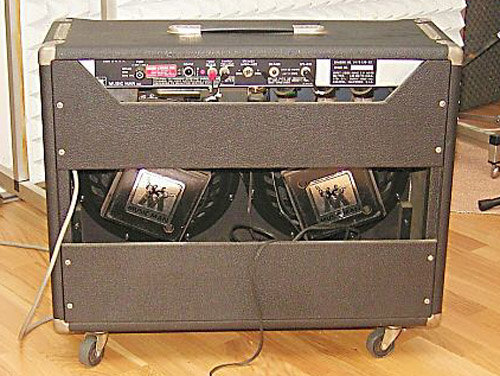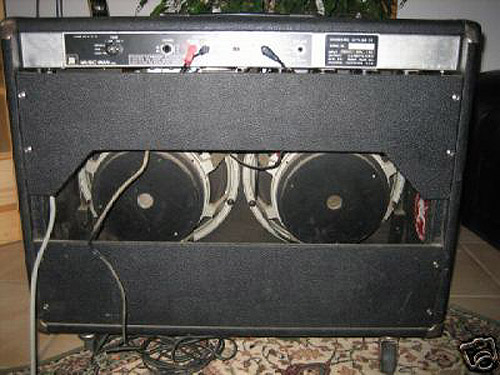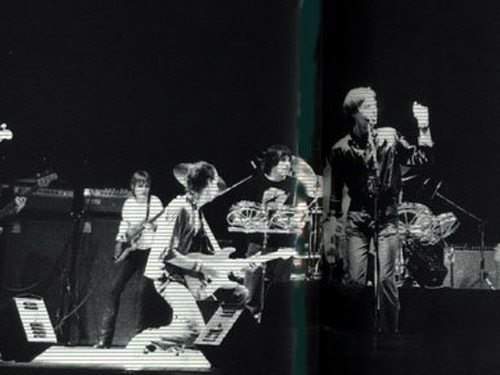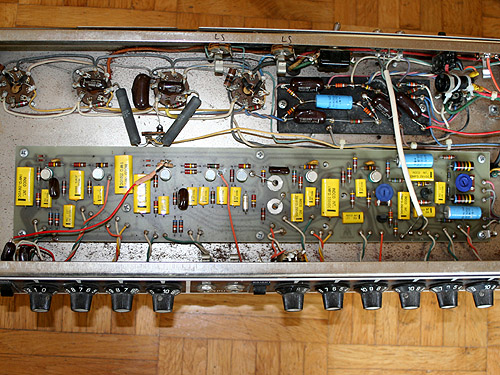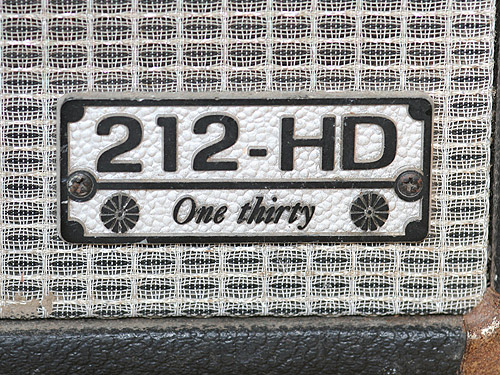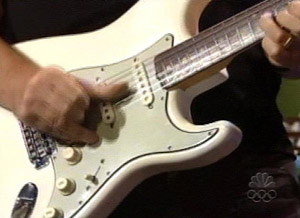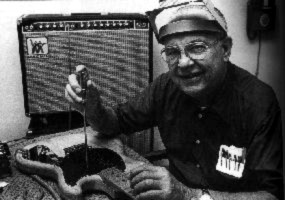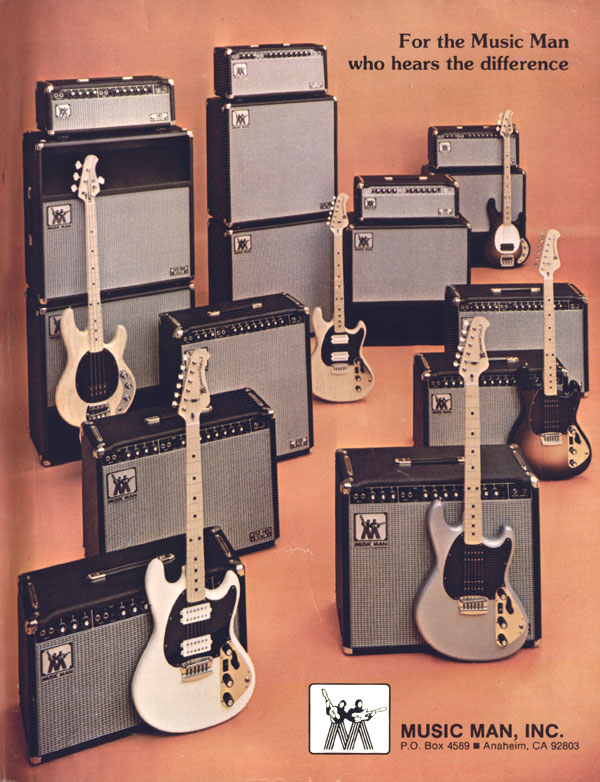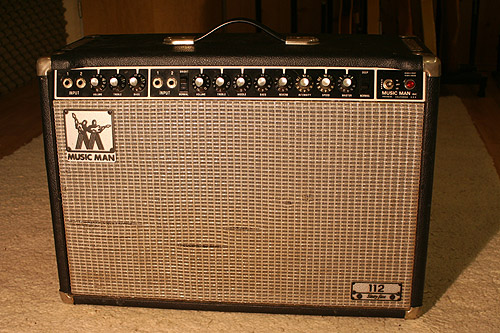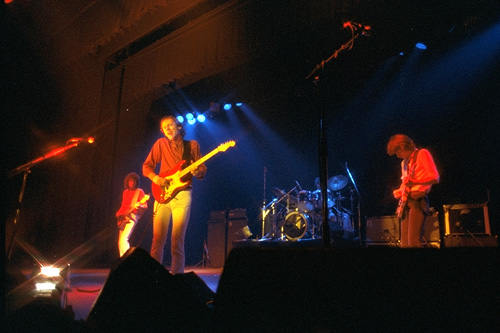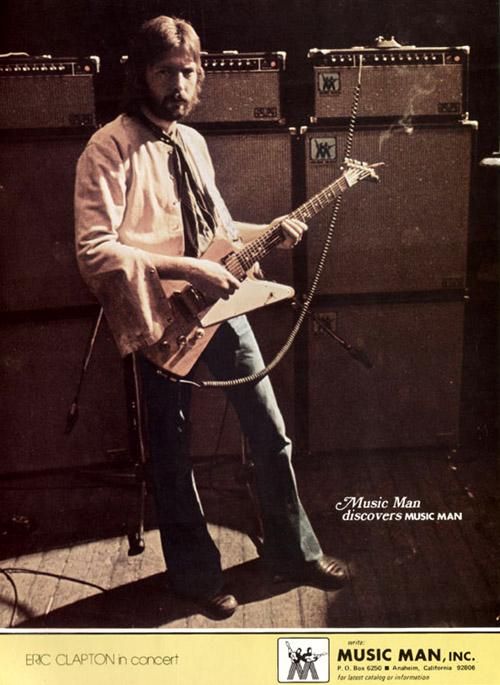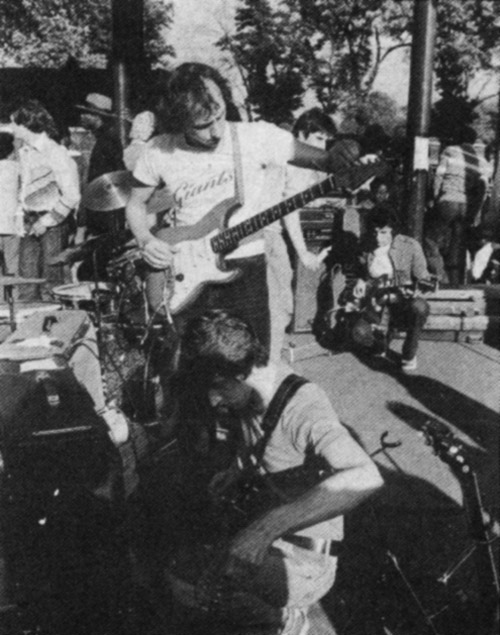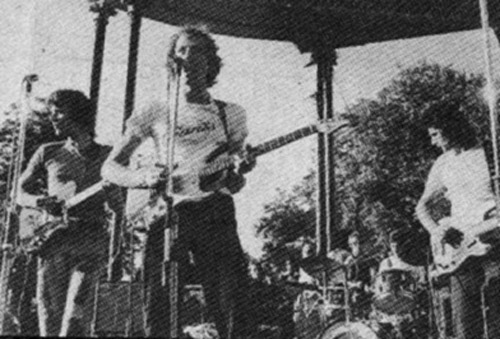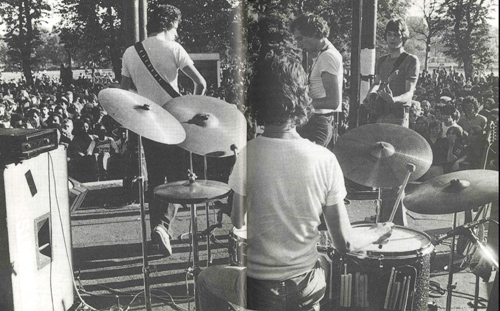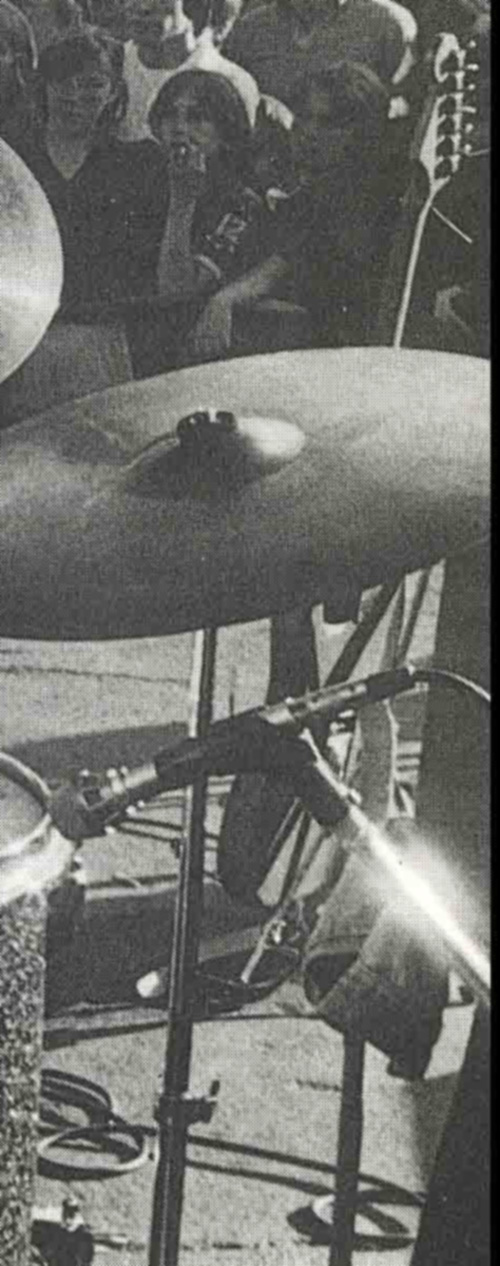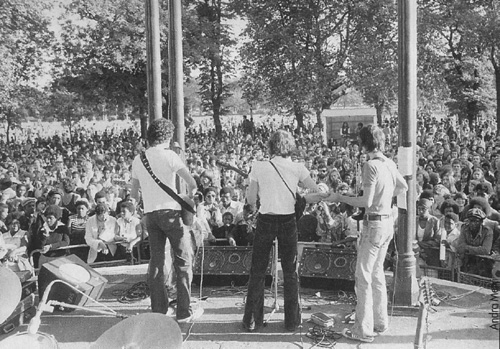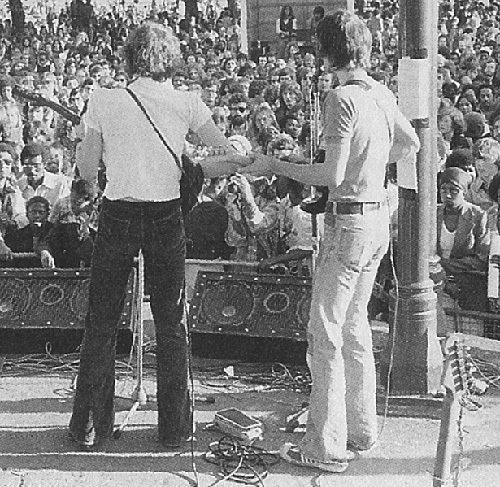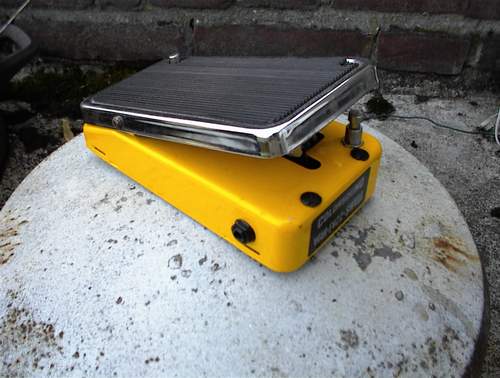Dire Straits Down to the Waterline explained: licks – chords – solo – no tabs
Summer is here and with it my summer holidays, so the ideal opportunity for some more song tutorials here in my Mark Knopfler guitar blog. This time I will explain the song Down to the Waterline – the first song on the first Dire Straits CD (1978).
Down to the waterline is surely another highlight of early Dire Straits. It is one of the oldest Mark Knopfler songs, one of 5 songs included on the demo tape Dire Straits recorded in summer 1977. It is the opener of the first album and was planned (however never released) as a second single, following the band’s first single success Sultans of Swing.
It is in the key of Bm and features many guitar licks and stuff that is typical for this key but also a lot of surprises like some unusual chord changes in the middle solo or some chromatic notes.
I am explaining the whole song in a youtube video or – to be precise – in two parts since youtube allows only clips up to 10 minutes. I am showing the song as I would play it – which is a mixture of the studio or some live versions. As always, it is not about the most accurate transcription of a particular version, but about the idea behind those licks, chords and solos.
Video Part 1 (Intro, verses, chords, first solos)
Video Part 2 (middle and last solo)
Knopfler probably played his Fender Strat S.-No. 80470 on the CD version of this track, possibly over a Fender Twin and/or his brown Fender Vibrolux amp. Besides some reverb and slight distortion from the amp, the guitar sound is compressed, possibly by the Dan Armstrong Orange Squeezer. However, noone knows for sure about the gear actually used on the first two CDs, and there is a lot of rumour around.
Some notes on the gear I used for this video
self-built clone of the Mark Knopfler Fender Strat S.-No. 80470 (mainly of Fender parts) , into Morley Volume pedal, into MXR analog delay, into Music Man HD 212 amp
recorded by the mic of a digi cam.
